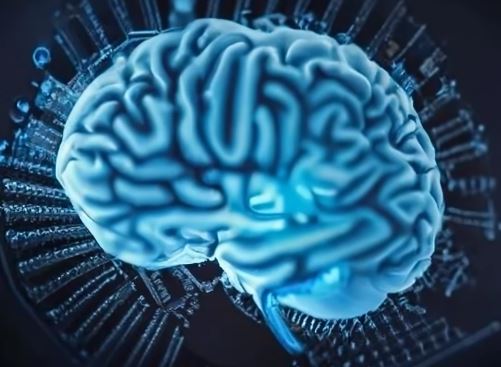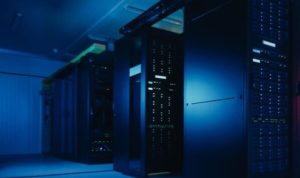If you are asking this question after seeing science fiction movies let me tell you it is actually based on some scientific facts and possibilities. So, what is a pen drive? A pen drive, also known as a flash drive is a small device that can store digital data, such as documents, photos, videos, etc. A pen drive can be plugged into a computer or another device with a USB port, and the data can be transferred or accessed easily.
A pen drive stores data in a type of memory known as flash memory, which is made up of tiny cells. The smallest unit of information is a bit, which has only two possible values: 0 and 1. We can represent more complex information, like numbers, letters, symbols, etc., by combining multiple bits. For instance, the binary code 01000001, which consists of eight bits or one byte, can be used to represent the letter Y in ASCII representation and 59 in hexadecimal representation.
Flash memory changes cell states using electric currents. Each cell has a transistor and a floating gate. Current switches electrons between them, altering the state. Measuring transistor resistance reads the state: high resistance means 0, low resistance means 1.
We got a rough idea about how the flash drive works, let us see how our brain works. Our brain is the most complex and powerful organ in our body. It controls all our functions, such as thinking, feeling, sensing, moving, etc. Our brain also stores all our memories and knowledge, which make us who we are.
But how does our brain store information?
Our brain uses a type of memory called neural memory, which is composed of billions of cells called neurons. Neurons are specialized cells that can communicate with each other through electrical and chemical signals. Neurons have three main parts: a cell body, an axon and dendrites. The cell body contains the nucleus and other organelles that maintain the life of the cell. The axon is a long extension that carries signals away from the cell body to other neurons or target cells. The dendrites are short branches that receive signals from other neurons or sources.
Synaptic connections are used by neural memory to store information. The points where impulses are passed between neurons are called synapses. Depending on whether a synapse increases or decreases the probability that the receiving neuron will fire an action potential, they can be classified as excitatory or inhibitory. An action potential is a transient electrical activity spike that goes through the axon and causes the synapse to release neurotransmitters. Chemical messengers called neurotransmitters attach to postsynaptic neuron receptors to change the activity of the cell.
Neural memory has some advantages and disadvantages compared to flash memory.
Advantage
- Neural memory is adaptive and flexible, as it can adjust to new information and situations.
- Neural memory is distributed and parallel, as it can store and process information in multiple regions and pathways in the brain simultaneously.
So, can we store information on our brain by putting a pen drive into it?
The solution is not that easy. Before we try such a thing, there are a few significant obstacles and ramifications that we must take into account.
Challenges
Compatibility between flash memory and neural memory
How can the pen drive be inserted into the brain without harming it or getting infected? How can we identify and target the particular neurons and areas that we want to use for reading or storing data? How can we prevent the pen drive from interfering with or negatively impacting the brain’s natural ability to function?





Have you experienced loss or trauma? Losing people we love is a part of human life, and it is inevitable. Our brains can get stuck in trying to process such deep emotional loss. When the brain is stimulated into an REM (Rapid Eye Movement) state, it is many times more effective at processing trauma. Loss of spouse, loss of child, loss of parent, loss of pregnancy, loss of health, loss of safety, all these and more can be overcome.
Whether your trauma is in the past, or you want to be prepared for a future loss, the following links will take you to more information about the hour long program that can stimulate your brain into an REM state. It downloads at https://se-rem.com/. http://www.facebook.com/SelfEffectiveREM or https://www.trustpilot.com/ (search for https://se-rem.com/).
Thanks,
Your comment is awaiting moderation.David B.
https://se-rem.com/